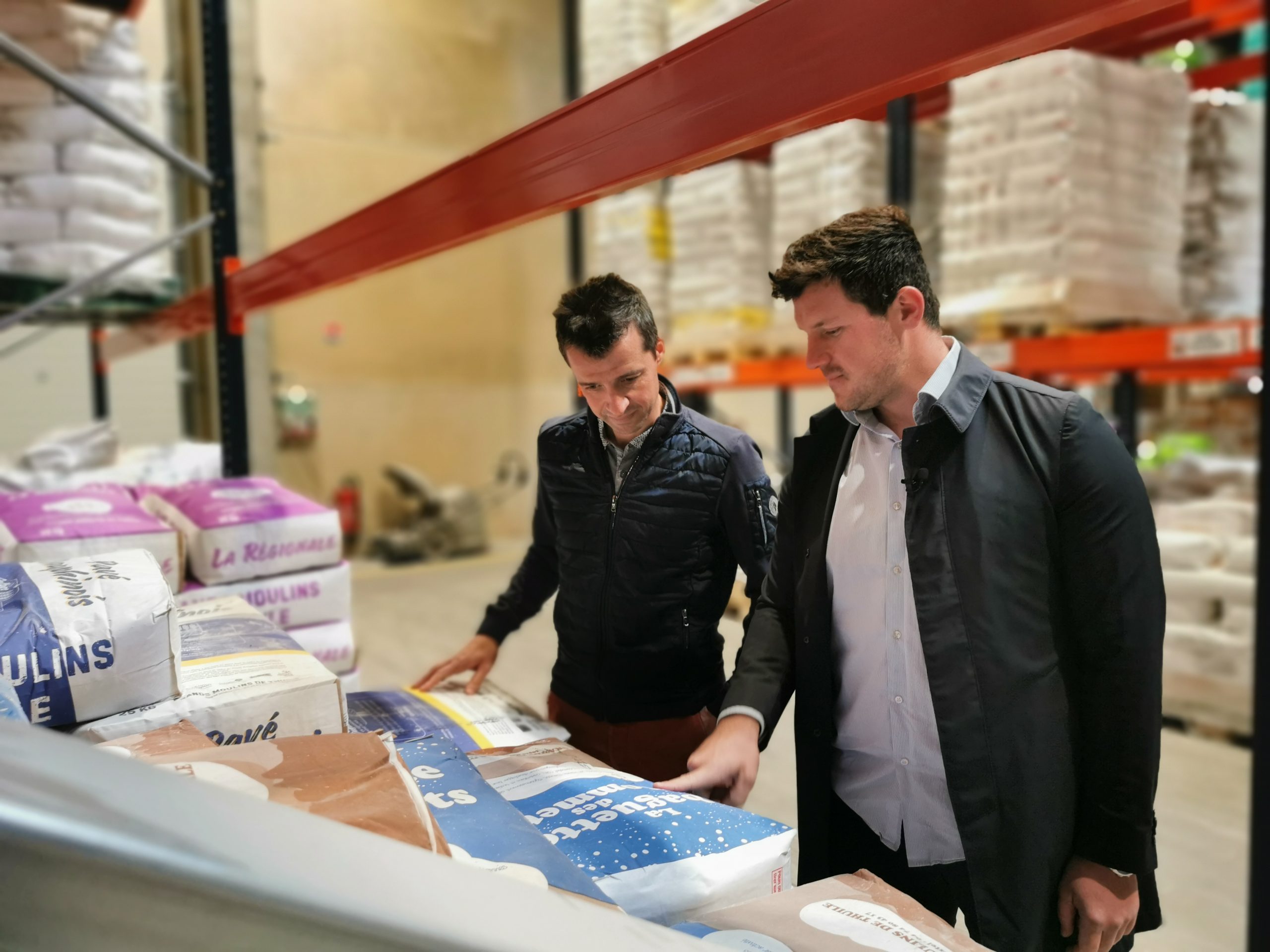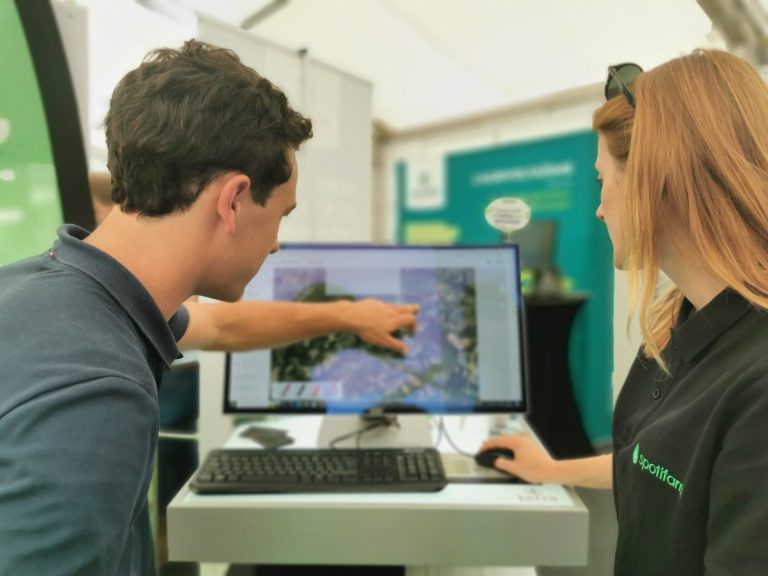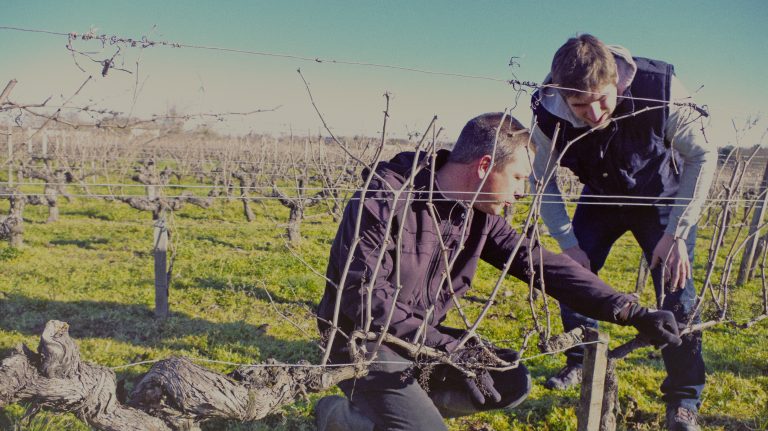Let's create a shock wave to deploy innovation
Dominique Chargé, Chairman of La Coopération Agricole, crop protection is linked intrinsically to the issues of food sovereignty and agroecology: 400,000 combining methods have yet to be invented! I.e. as many as the number of farmers belonging to agricultural cooperatives A wave of innovations has to pour into French agriculture in the next ten years to adjust to each growing scheme faced with the climatic and agronomic constraints of the land, technical dead-ends and environmental requirements of specifications. Digital technology, bioprotection and biotechnologies are opening up major prospects in addition to agrochemicals.
Public authorities and consumers have become aware of the red line no longer to be crossed to preserve our agriculture. Essential to the regional economy and intended for local markets or for export, it is first and foremost, for the French, the guarantee of safe, high-quality food.
The Ecophyto 2030 plan announced this summer will be an opportunity to bring all stakeholders together to create this shock wave. A regulatory framework facilitating joint projects between players with complementary scientific and technological bent must form the cornerstone.
Emmanuelle Pabolleta
General manager of Phyteis



